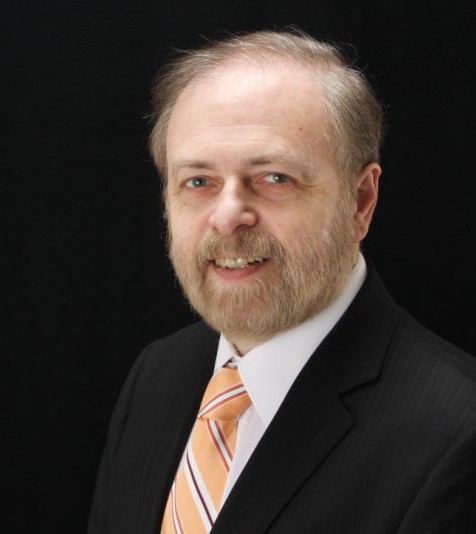By Rabbi Mordechai Levin
A few weeks ago we celebrated Yom Haatzmaut, Israel’s Independence Day, and Yom Yirushalaim, Jerusalem’s Day. The great significance of these two dates can be appreciated by looking back at Jewish history.
At the beginning of the war of liberation fought by the Jews against the Romans in 66 CE, a group of Jewish rebels took over the Roman fortress of Masada, which is situated atop an isolated rock cliff, overlooking the Dead Sea.
After the fall of Jerusalem in 70 CE, these rebels were joined by Zealots and their families who had fled from the capital. With Masada as their base, this group raided and harassed the Romans for four years. Then, in 73 CE, the Roman governor, Flavius Silva, marched against the fortress. The Romans established camps at its base, and in 74 CE they breached the wall of the fortress.
The only written source describing the events at Masada is Josephus Flavius’ The Jewish War. In it he recounts the story told him by two women who survived the Roman onslaught. According to the women, once it became apparent that the Tenth Legion would succeed in breaching Masada’s walls, Eleazar Ben Yair, the Zealots’ leader, decided to burn the fortress and instructed the Jewish defenders to commit mass suicide instead of waiting to be killed by the Romans.
Before Masada fell, Eleazar Ben Yair and his followers dug a small pit behind the synagogue and hid the Torah scrolls so the Romans would not find them.
In 1963 through 1965, intensive excavations of Masada were undertaken by the late Israeli archaeologist, Yigael Yadin. In addition to finding several buildings, two mikvaot (ritual baths), bible fragments and the synagogue used by Masada’s defenders, Yadin also uncovered twenty-five skeletons of men, women, and children. In 1969 they were buried at Masada with full military honors.
After the fall of Jerusalem and Masada, the majority of Jews were dispersed, and lived outside the land of Israel. An era seemed to have ended.
For centuries we hoped and prayed daily for the privilege of returning to the land of Israel and rebuilding Jerusalem. That dream began to become true at the end of the 19th century with the beginning of the Zionist movement. This was followed by Jewish immigration to Israel, the United Nations establishment of the Jewish State in 1947, and the declaration of its independence in 1948.
Now, for the first time since the destruction of Jerusalem and Masada, more Jews live in Israel than in any other country. Israel’s population stands at 7.4 million, of which 5.6 million are Jews — more than the 5.3 million Jews who live in the US, until now the home to the most Jews. If current trends continue, within twenty-five to thirty years there could be an absolute majority of world Jewry living in Israel, just as in the past.
Today, Masada is the symbol of Israel’s rebirth. The little synagogue uncovered by Yigael Yadin has been restored. It now boasts a roof, a small shelf and a Mezuzah at the door. But the focal point stands along the eastern wall. There one sees an ark — covered by a curtain — which for the first time in two millennia houses two complete Torah scrolls.
On Shavuot eve, 2004, more than 600 men, women and children, began to dance and sing their way up the southern slope of the mountain, carrying two donated Torah scrolls to their new home inside the restored synagogue — the same synagogue where the defenders of Masada once prayed. The 2,000-year circle has been closed.
Masada — the symbol of Jewish resistance — is now also the symbol of Israel’s rebirth. There is still a Jewish presence on Masada. This is the wondrous story of a people reborn.
 is the rabbi of Congregation Beth Israel in Munster, IN. He received his rabbinic ordination from the Latin American Rabbinical Seminary, and is a member of the Rabbinical Assembly. In 2010, he was awarded an Honorary Doctorate of Divinity from the Jewish Theological Seminary in New York City for his years of dedicated service to the Conservative movement and the Jewish community...
is the rabbi of Congregation Beth Israel in Munster, IN. He received his rabbinic ordination from the Latin American Rabbinical Seminary, and is a member of the Rabbinical Assembly. In 2010, he was awarded an Honorary Doctorate of Divinity from the Jewish Theological Seminary in New York City for his years of dedicated service to the Conservative movement and the Jewish community...